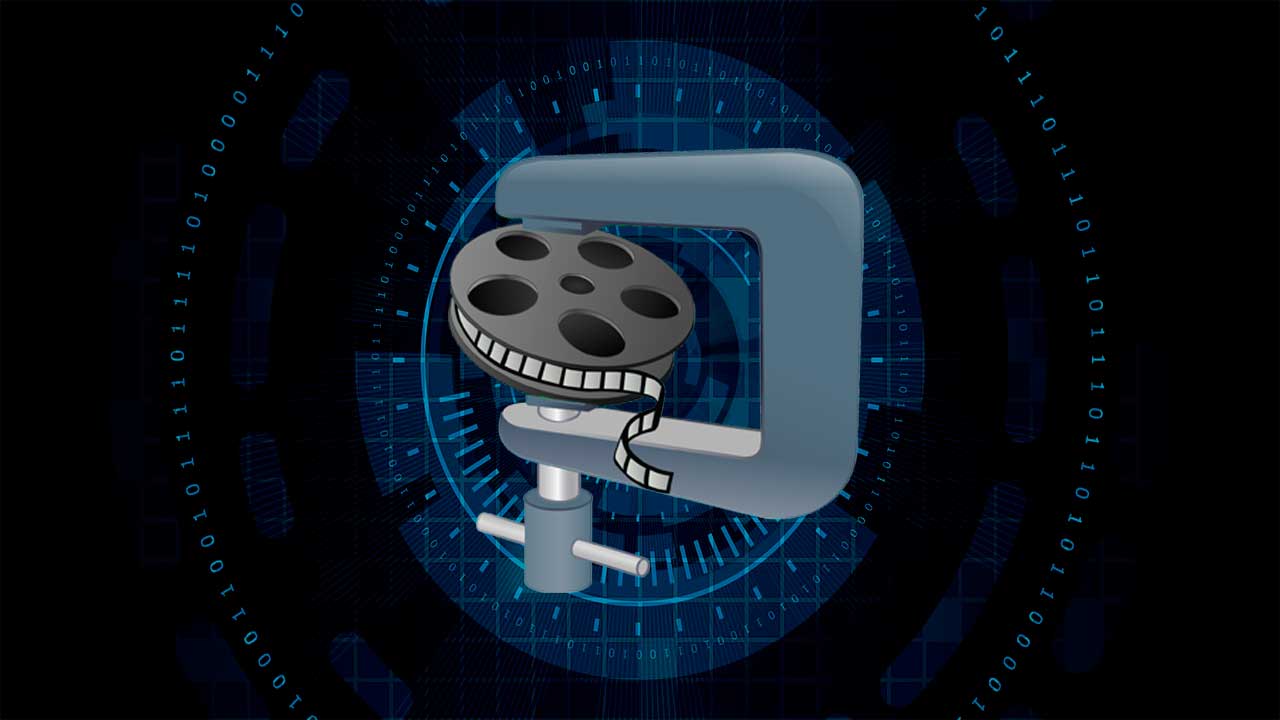 Google is accused of trying to patent a compression technique that the inventor intentionally released into the public domain. Polish academic, Jarek Duda created asymmetric numeral systems (ANS) between 2006 and 2013. The lossless data compression system is three to 30 times faster than classic Huffman and arithmetic coding so an ANS-related patent could mean big royalty bucks. However, Duda chose to dedicate it to the public domain.
Google is accused of trying to patent a compression technique that the inventor intentionally released into the public domain. Polish academic, Jarek Duda created asymmetric numeral systems (ANS) between 2006 and 2013. The lossless data compression system is three to 30 times faster than classic Huffman and arithmetic coding so an ANS-related patent could mean big royalty bucks. However, Duda chose to dedicate it to the public domain.Duda even helped Google staff implement ANS for video file compression in 2014. Since then, tech companies have flocked to ANS with Facebook and Apple also having created software based on it.
In a cheeky move from the ‘don’t be evil’ party, Google is now seeking a patent over the use of ANS for video compression. Google claims its engineers have developed Duda’s technique further and they want to patent their work. Duda disagrees saying he suggested the very technique Google is trying to patent in a 2014 email exchange with its engineers.
In February, the European patent authorities ruled that Google didn’t deserve a patent for ANS video compression, but the case isn't over, and Google is also seeking a patent in the US and over 100 other countries.
Google is not the first company to try to secure a patent ANS-related technology. Duda stopped StoreLeap in the UK from gaining a patent by blocking the company's application with the UK Intellectual Property Office, but the patent is still close to being approved in the US.
Now the world's most valuable company — Google — has also filed a similar patent application in the US and more than 100 other countries.
